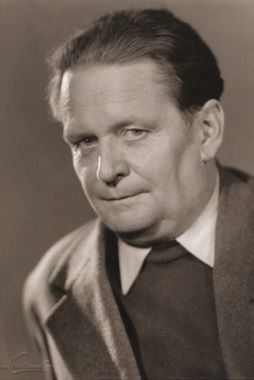Austrian Hubert Matuschek was the son of the architect Franz Matuschek (1874-1935). Hubert studied in Wien (Vienna) at the Academy of Fine Arts, and then went into his father’s business. In 1948, after World War II, Matuschek was again admitted to work in his profession, although he was a former member of the Nazi Party. He later built mainly houses, including land and weekend houses, as well as schools, churches, and industrial plants. He submitted his 1936 work for the Art Competitions in Berlin in the category Architecture, the unrealized Weiheraum und Stelle des Olympischen Feuers (Hallowing Room and Location for the Olympic Fire) ) decorated with a mosaic pattern, together with his compatriots Ferdinand Andri and Paul Meissner.

 Austria
Austria AUT
AUT